Porsche Type 64
Anyone, who has ever visited the Porsche Museum in Stuttgart Zuffenhausen, will certainly come to an in-depth conclusion: this car collection is unique and covers all aspects of the long brand history along with some exhibits from the time before the sports car brand existed. Dr. Ing. hc. Ferdinand Porsche had his own engineering and construction office in Stuttgart before World War 2, with which he worked for various car manufacturers. As many readers might know, he also developed the Volkswagen on behalf of the Nazis. And this is where we come to a partially open position in the Zuffenhausen vehicle collection. But more on that later. In order to test the technical components of the new compact vehicle and also show its sporty potential, Porsche not only produced several pre-production prototype fleets, but also three examples of the race-ready Type 64. This special vehicle was planned to take part in the proclaimed long-distance race Berlin-Rome. This approximately 1,500-kilometer long race was to take place in the autumn of 1939 in order to celebrate the new German motorways (Autobahnen) in worldwide press, but was canceled by the outbreak of World War 2. Already the first planned edition of the race in September 1938 was canceled because of the Sudeten crisis. Despite the war, in 1940 there were some ideas about the even longer race Berlin-Rome-Tokyo to celebrate the new connection between Nazi Germany and Japan.
The three finished vehicles are called either ‘Porsche Type 64’ or ‘Volkswagen Type 60 K10′, depending on the sources, while the latter name suggests the tenth planned body shape of the Volkswagen (after sedan, convertible sedan, convertible, Kübelwagen, Schwimmwagen, Kommandeurswagen and three more, today rather unknown offshoots). As a basis they used chassis of the prototype series VW38, whereby the chassis numbers start with ’38/’. Their aluminium bodies were made by Reutter in Zuffenhausen. Compared to the normal Volkswagen, they show a similar silhouette, but are much narrower and streamlined, including fully covered wheels. Erwin Komenda was responsible for the design. Drivetrain and suspension basically correspond to the early pre-war units of the Volkswagen. However, the Porsche workshop tuned the performance of the one-liter four-cylinder boxer engine to 35 and later event 40 hp. The first copy of these vehicles was already completed when the race cancellation was announced. It was then given to the ‘German Labor Front’ (Deutsche Arbeitsfront). Porsche still managed to finish the remaining two cars, with the third one finally receiving the chassis of the first car (chassis number 38/41), after that one was crashed by the managing director of the VW factory and KdF director Bodo Lafferenz in the fall of 1939. After the planned race was off the table, Ferdinand and Ferry Porsche used the two cars as fast touring vehicles between Stuttgart, the construction of the Volkswagen plant near Fallersleben (now Wolfsburg) and the capital city of Berlin. Of course, they also served as rolling test laboratories for improved and modified components. Thus, they are also the missing link between the Volkswagen and the first Porsche 356, which was presented by Ferry Porsche in 1948.




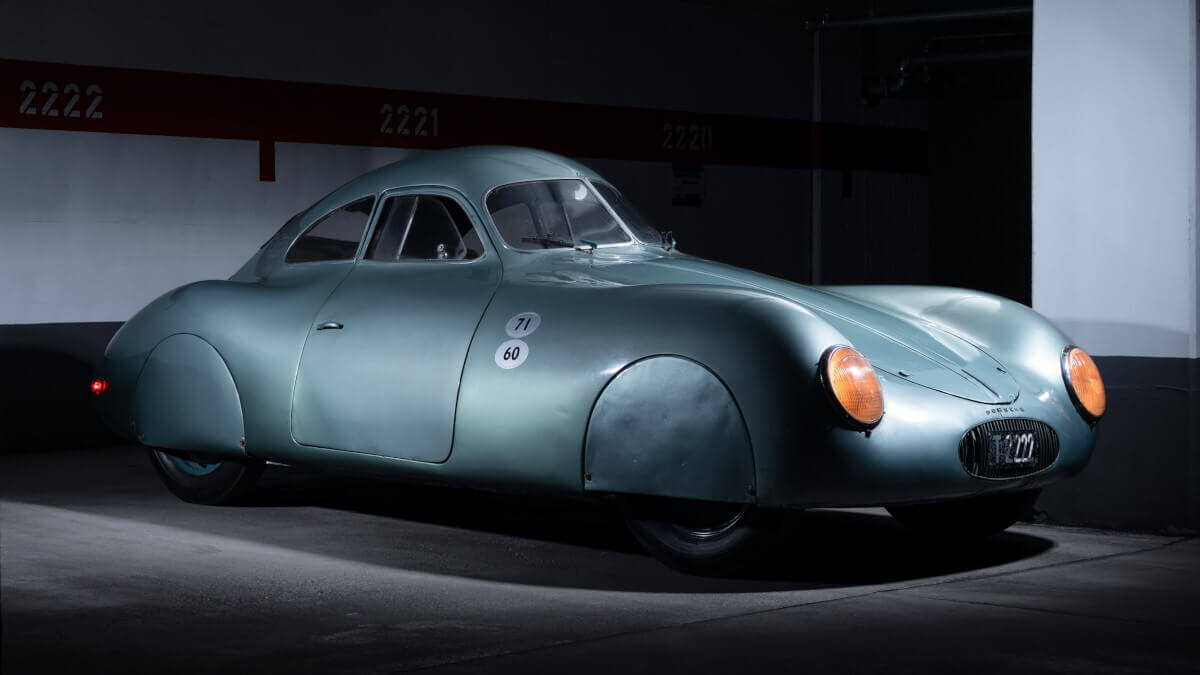







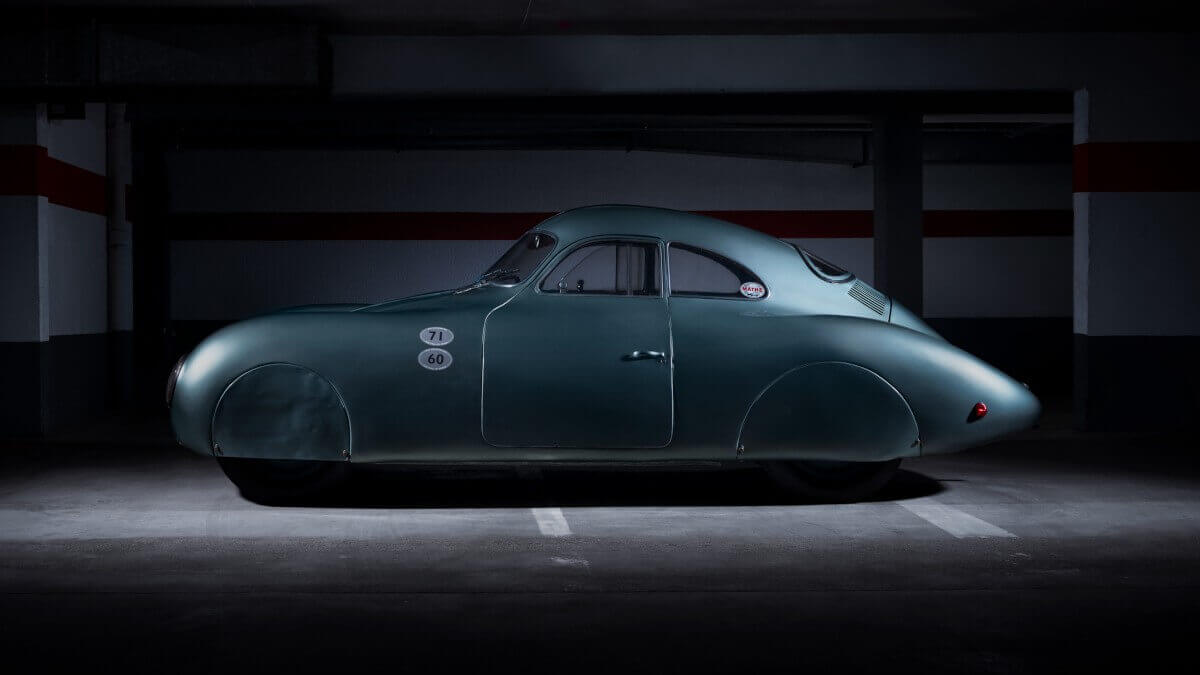



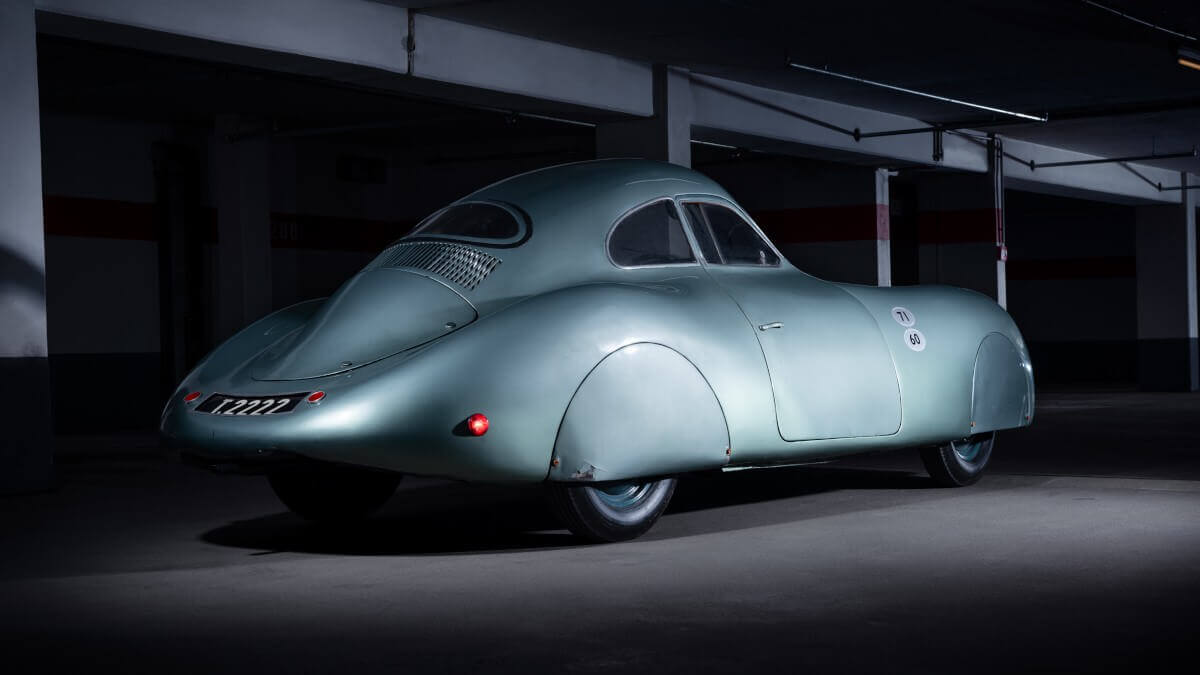



















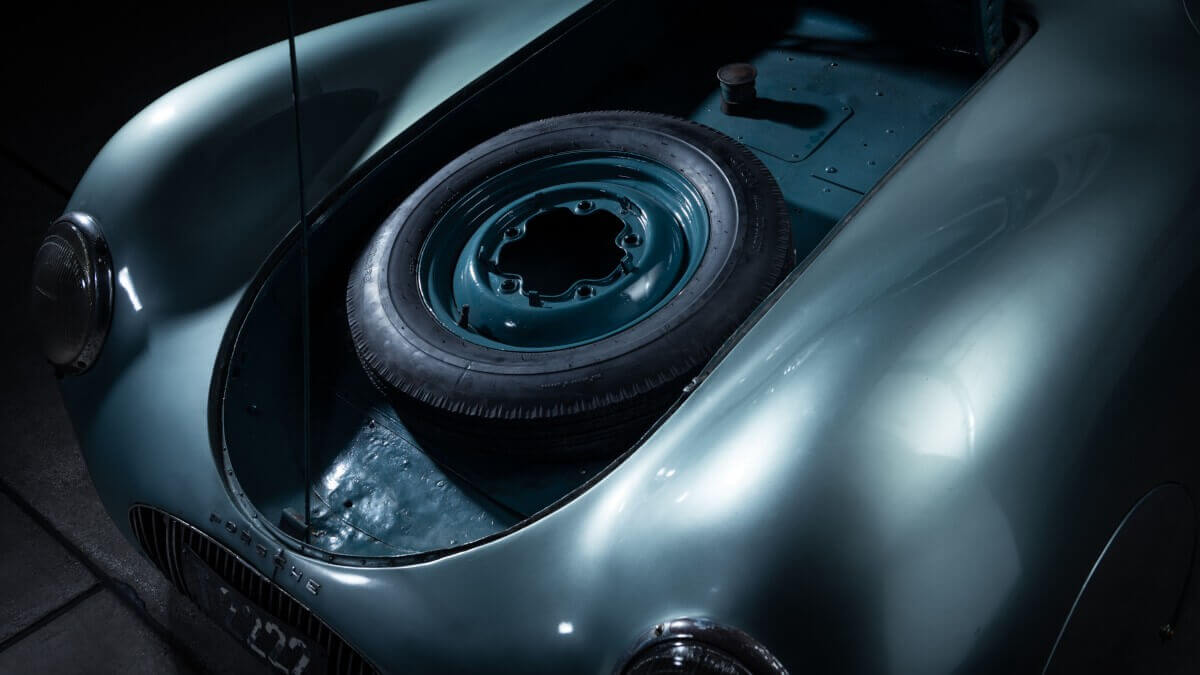



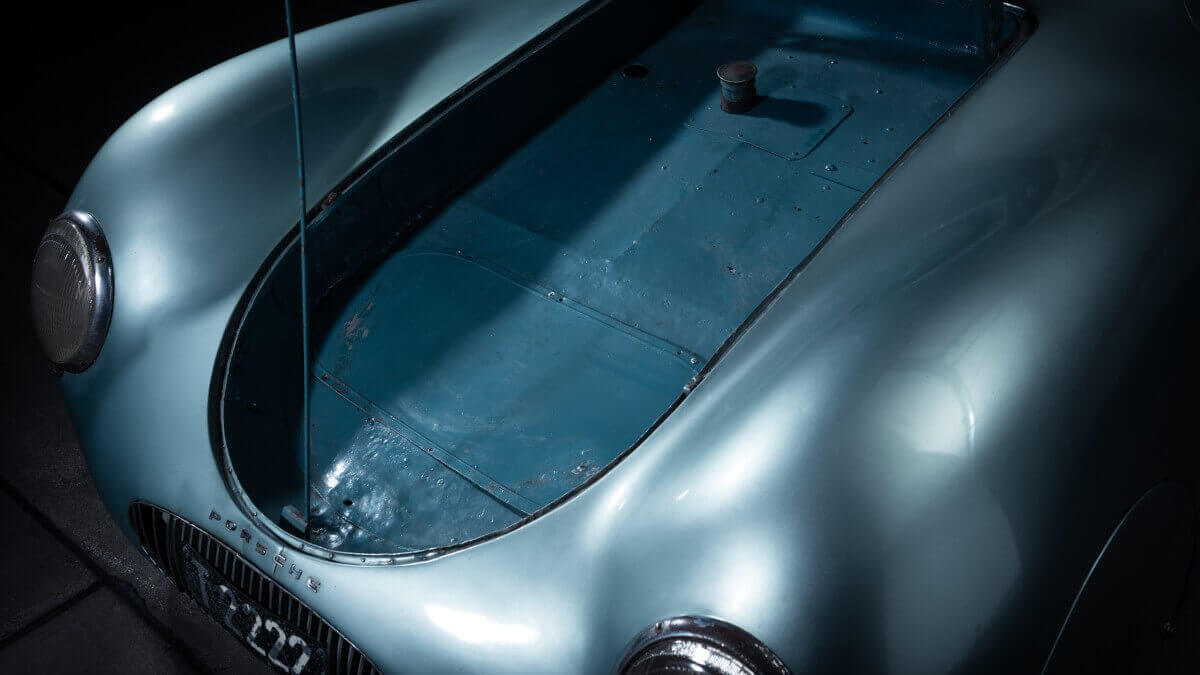



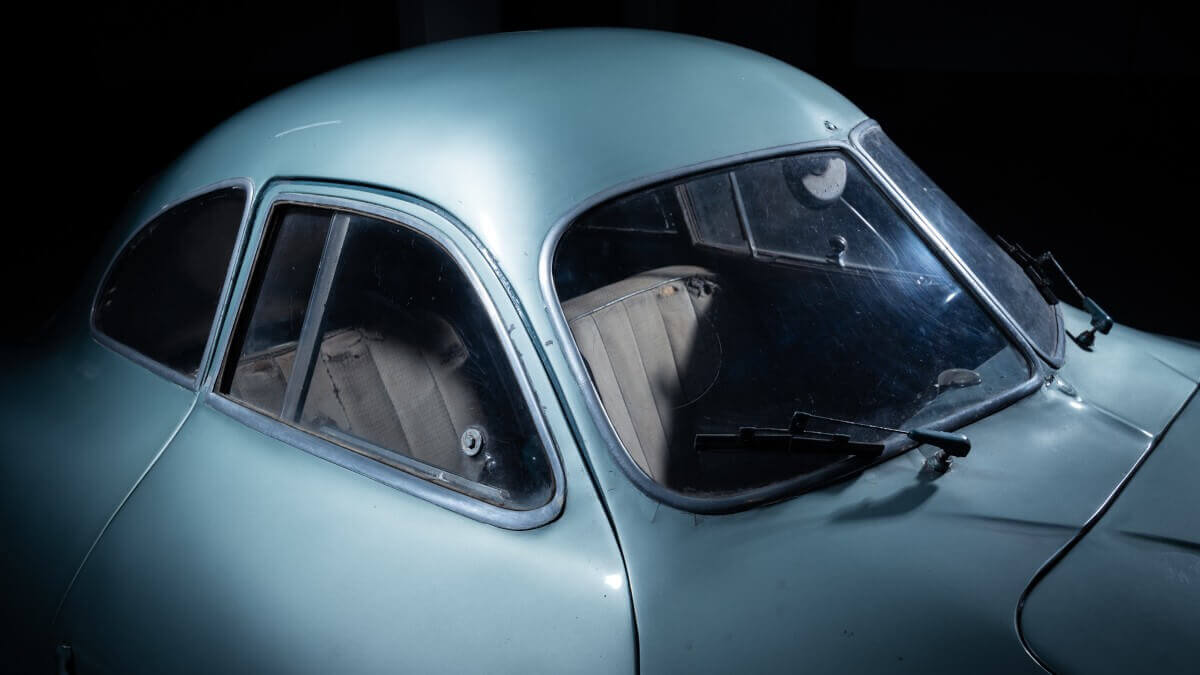







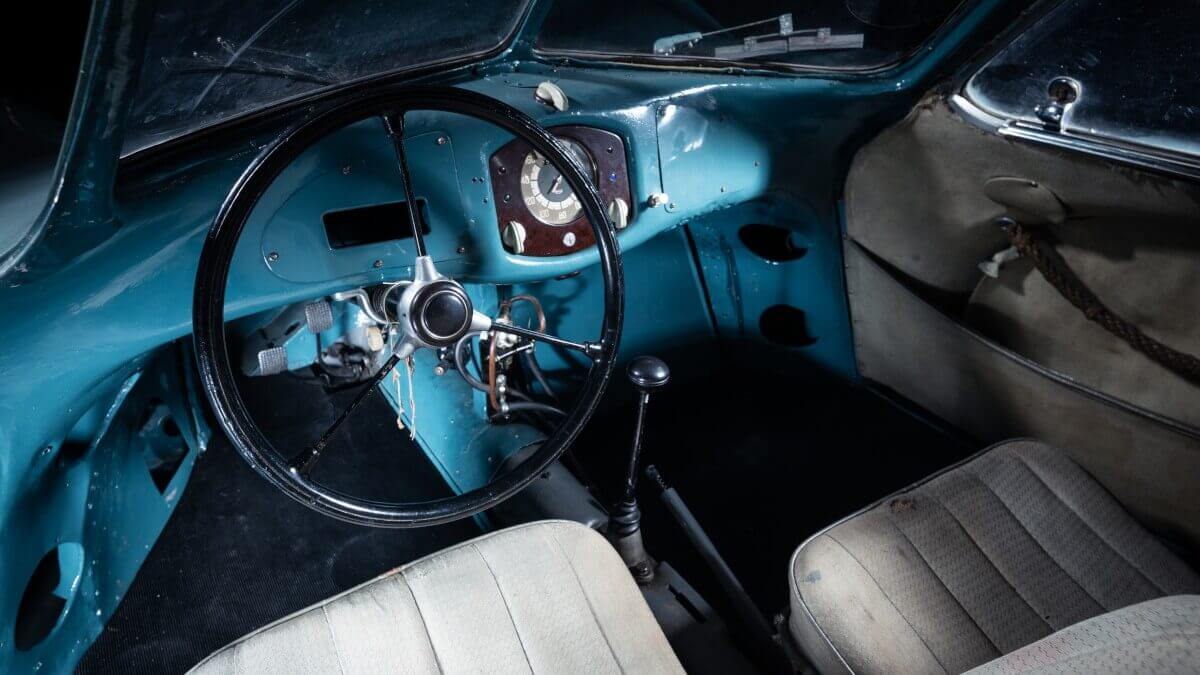











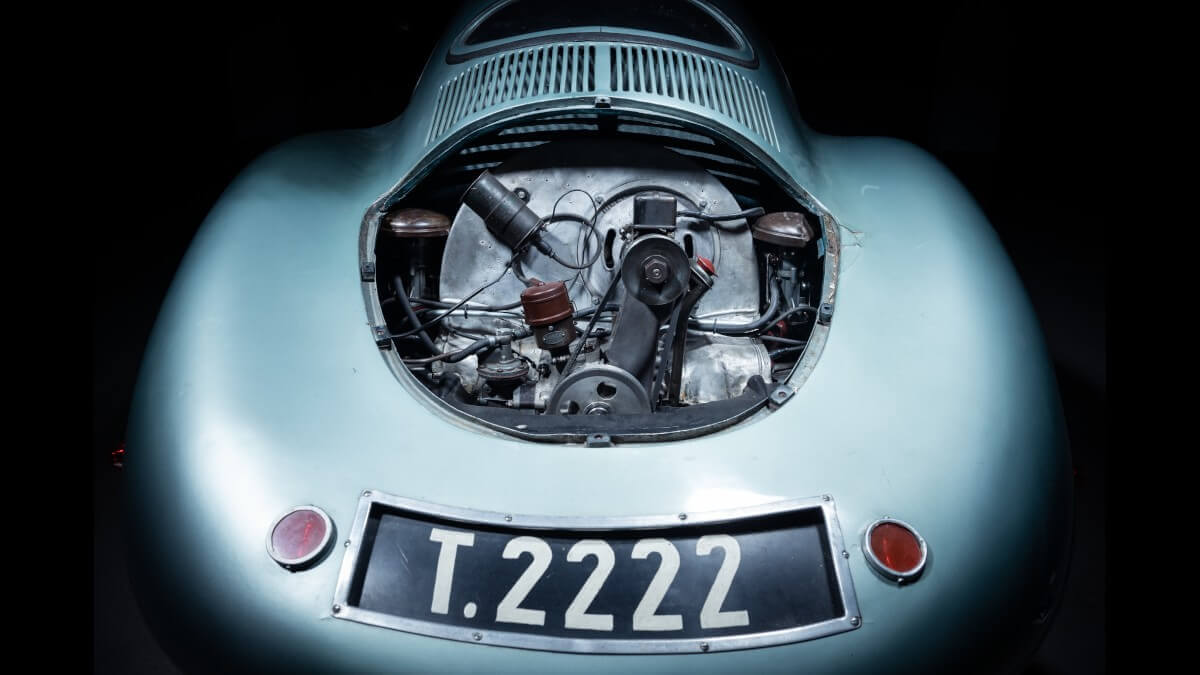











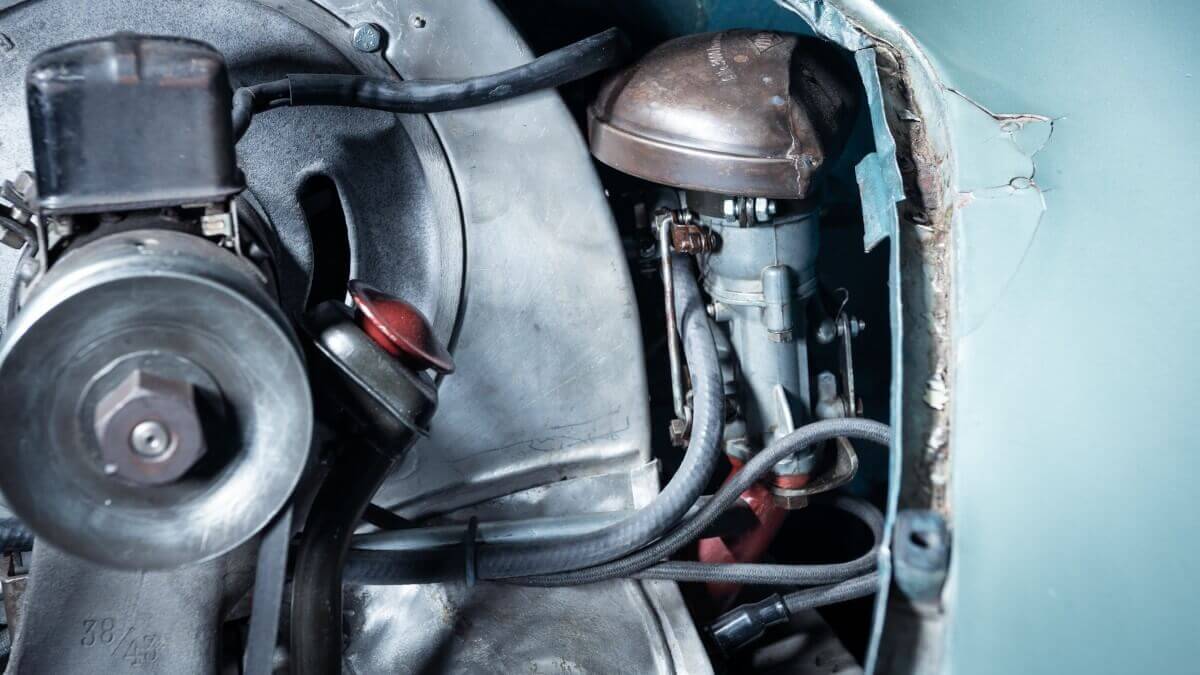



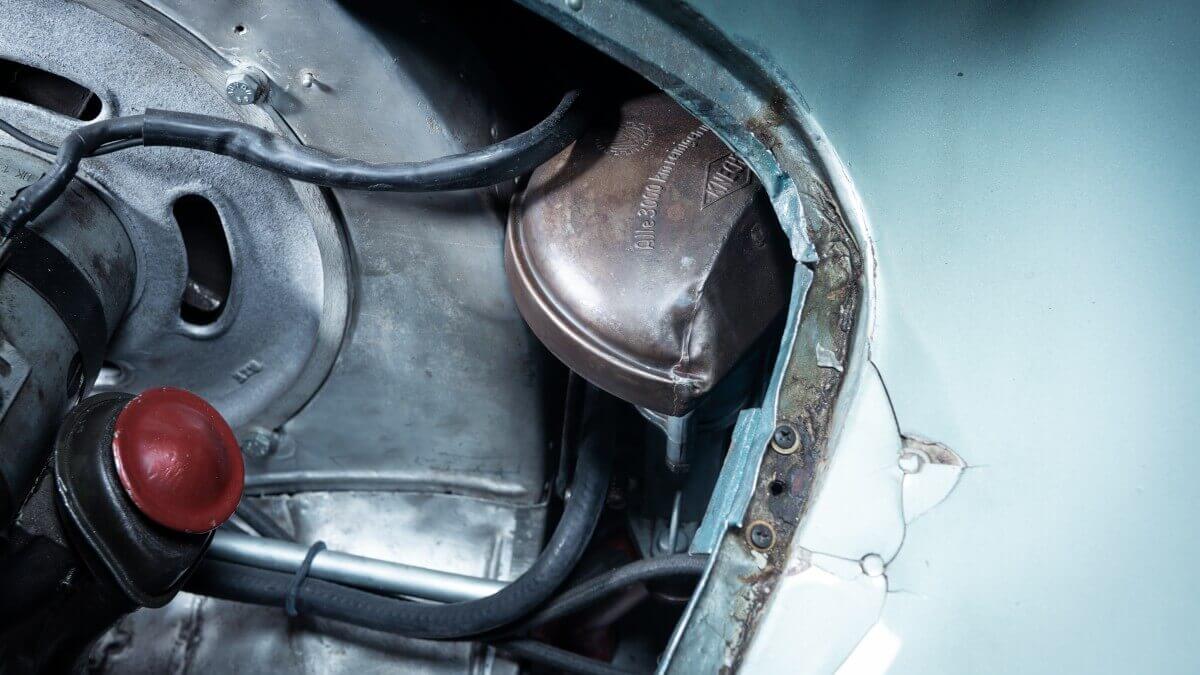



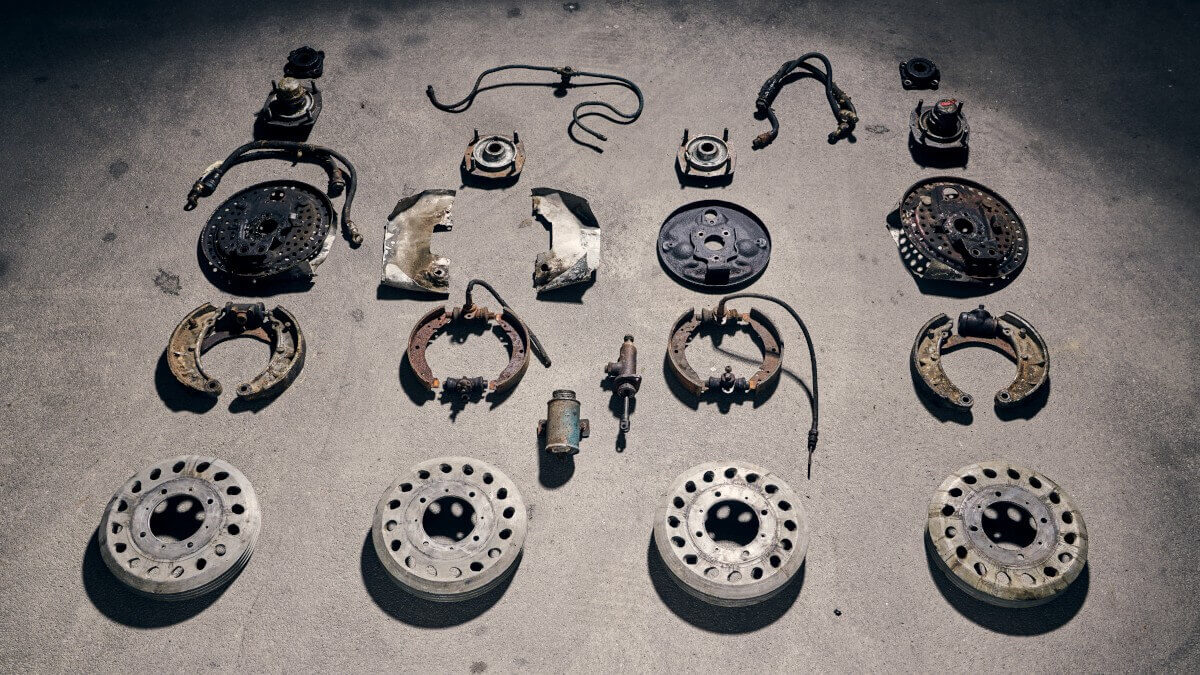



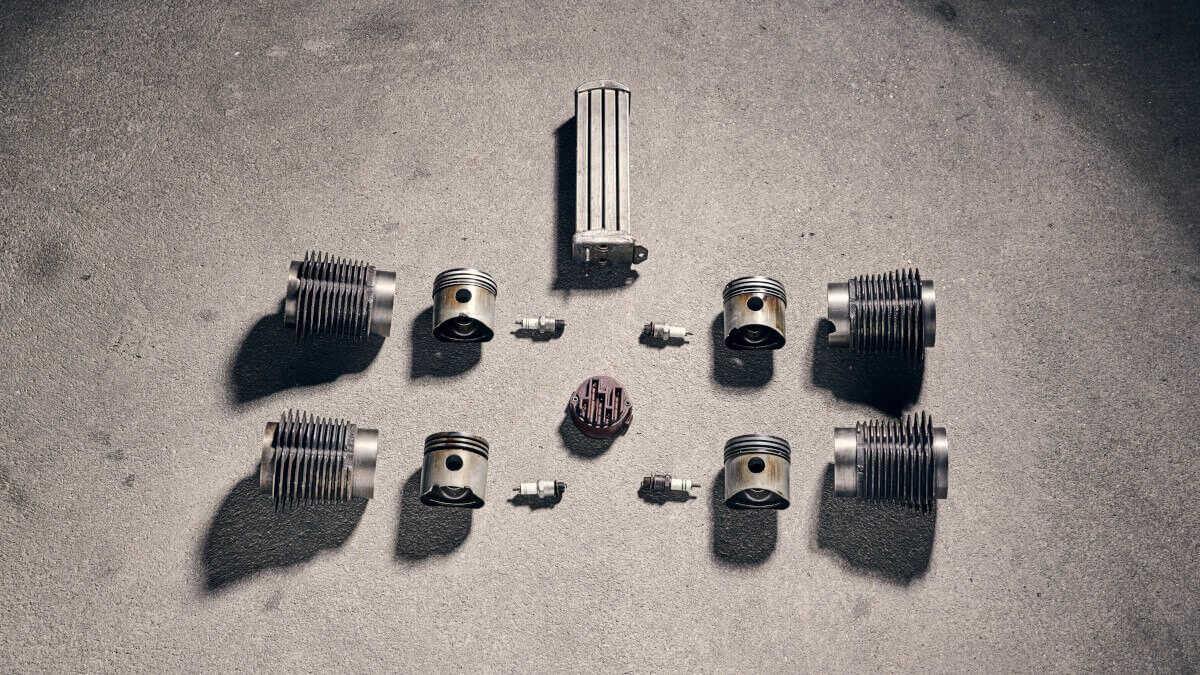



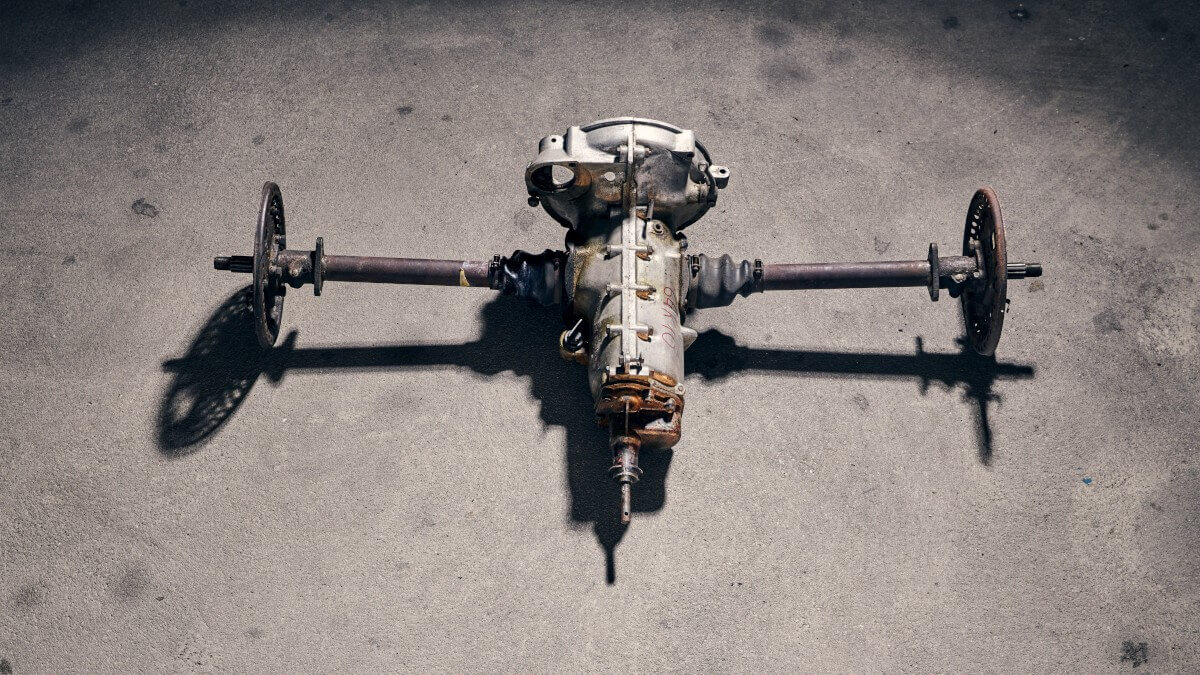







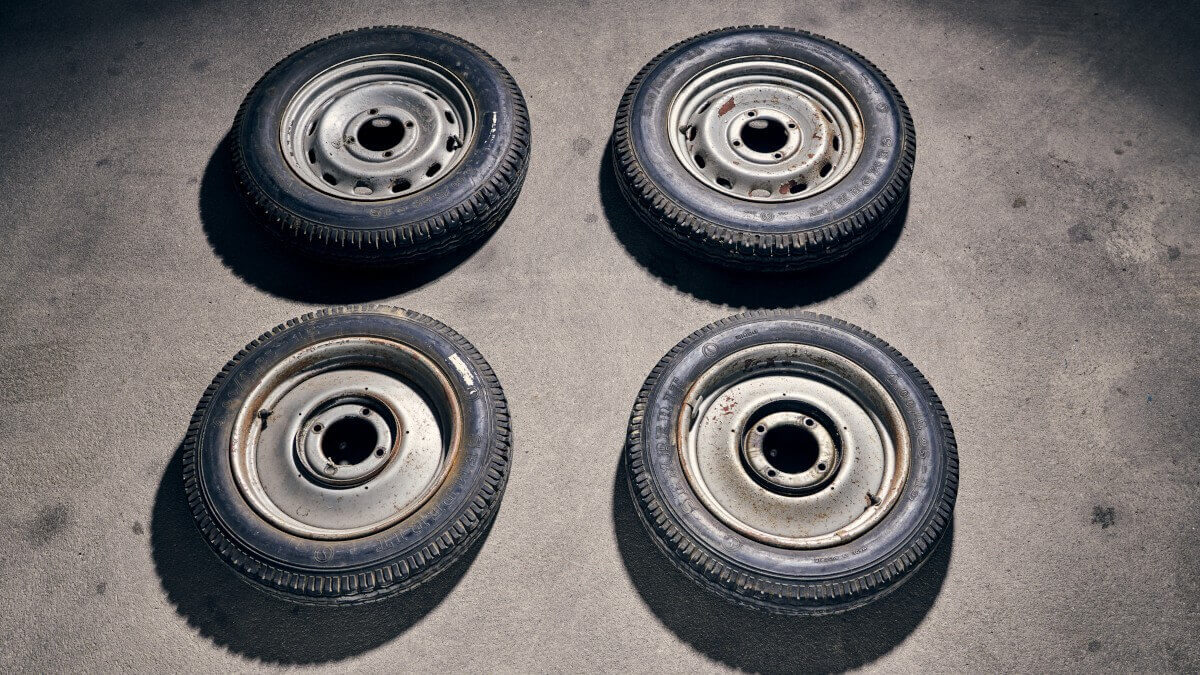







Porsche transfered the cars number two (38/42) and three (38/43, replaced with chassis 38/41) in 1944 to Gmünd in Austria when the company was relocated there during the last years of the war. Number two fell into the hands of the invading GI in 1945, was driven off-road a lot, then they cut off the roof and after the drivetrain was broken it was finally written off, with various parts stored by Porsche. Thus, only number three survived World War 2. Ferry Porsche mounted a Porsche logo at the front in 1946 and got a new licenseplate from Kärnten/Austria, ‘K 45-240’. Other sources say that the logo was only applied years later when the car was repainted turquoise. A year later, Ferry sent the car to the young and small company Pinin Farina in Turin for minor restoration work. At the world premiere of the Porsche 356 No.1 Roadster, racing driver Otto Mathé drove the Type 64 for some demo laps in Innsbruck. A short time later he bought number three and all parts that were still stored at the Porsche factory in Gmünd, changed the licenseplate to ‘T 2222’ from Tyrol, raced the car and won many racing events in the 1950s. With some of the spare parts he also built his famous ‘Fetzenflieger’ racecar. He retained number three for 46 years until his death in 1995. After a racing accident in 1934, he suffered from a paralyzed right arm and therefore could only change gears with his left arm, which is why he converted the car to RHD. Another small racing accident led to a bodywork repair in 1951, which is when the car was repainted to the light turquoise still visible on the car today.
In 1997 the heirs sold the car to Dr. Ing. Thomas Gruber from Vienna, who might be known to Porsche fans probably for his much-noticed book about the Porsche 911 Carrera RS 2.7. He converted the Type 64 back to LHD, used it at various classic car events and sold it in the late 2000s to the fourth owner. Now it is offered in public for the first time via RM Sotheby’s during the Monterey Car Week in August. Are you still waiting for the resolution of our announcement that there is a gap in the Porsche car collection, or do you already know it? The sports car brand only owns a reproduced aluminium body shell of a Type 64. Another vehicle was recreated from various collected spare parts of the number two car from the estate of Otto Mathé by 2011 at the company Nostalgicar for the Automuseum Prototyp in Hamburg. Another replice belongs to an Austrian and was created by the company Barbach. Meanwhile, after the end of his active racing career, Otto Mathé himself was quite ready to return this important milestone in the Porsche history back to its place of origin. At some point in the late 1960s or early 70s, he trailered the Type 64 and all the spare parts he could find in his garage to the Porsche plant in Zuffenhausen. Once there, however, he was rejected by an ignorant porter at the gates and sent back home. In protest against this rejection, he kept the car until his death despite some good offers from car collectors worldwide.
Images: RM Sotheby’s




